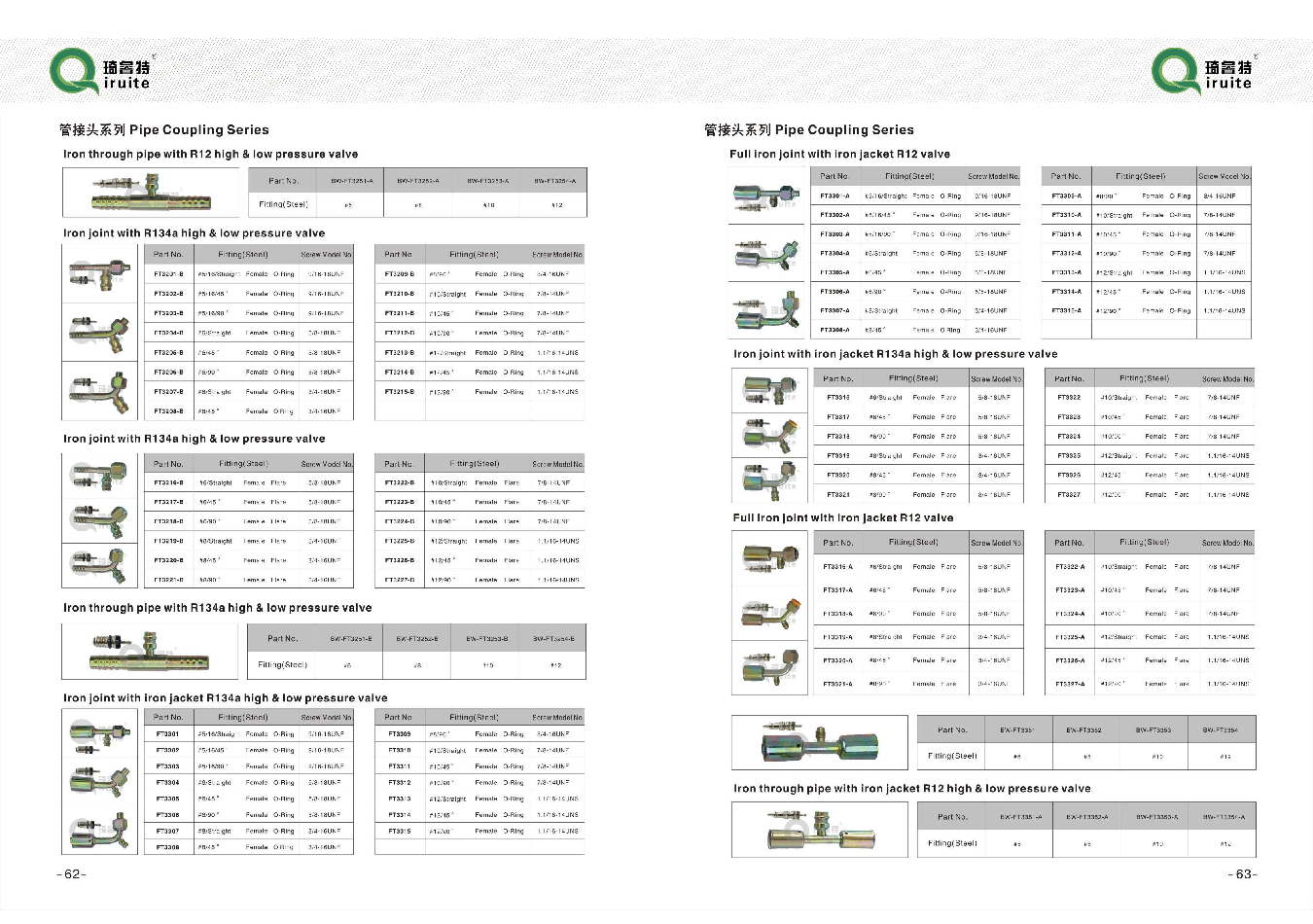4runner power steering hose replacement
Replacing the Power Steering Hose on a Toyota 4Runner A Step-by-Step Guide
Owning a Toyota 4Runner comes with the excitement of adventure and exploration, but with that excitement also comes the responsibility of maintaining your vehicle. One critical component of the steering system is the power steering hose, which can develop wear and tear over time, leading to leaks and ineffective steering. If you notice a steering fluid leak or experience difficulty steering, it may be time to replace your power steering hose. This guide will help you understand the process of replacing the power steering hose on your Toyota 4Runner.
Tools and Materials Needed
Before starting the replacement process, make sure you have the following tools and materials ready
- New power steering hose - Socket wrench set - Screwdriver set - Pail or container for catching fluid - Power steering fluid - Rags for cleanup - Safety goggles and gloves
Step 1 Safety First
Start by ensuring your vehicle is in a safe position. Park your 4Runner on a flat surface, turn off the engine, and allow it to cool down. To further ensure safety, disconnect the negative battery cable to eliminate any electrical hazards during the replacement process.
Step 2 Locate the Power Steering Hose
Open the hood and locate the power steering reservoir. The power steering hose typically runs from this reservoir to the steering gear or rack. Depending on your model year, there may be two hoses a high-pressure hose and a low-pressure return hose.
Step 3 Drain the Power Steering Fluid
Place a container under the power steering pump to catch the fluid that will leak out. Use the appropriate wrench to loosen the hose clamps or fittings at both ends of the hose. Carefully detach the hose, allowing the remaining fluid to drain into the container. Dispose of the old fluid per local regulations.
Step 4 Remove the Old Hose
4runner power steering hose replacement

After draining the fluid, remove any mounting brackets or additional clamps holding the hose in place. If the hose is stuck, you may need to gently wiggle it or use a screwdriver to pry it loose. Make sure to inspect the other components of the power steering system for any signs of wear or leakage while you have access.
Step 5 Install the New Hose
Take your new power steering hose and compare it to the old one to ensure you have the correct replacement part. Start by attaching one end of the new hose to the power steering pump and securing it with the appropriate clamps or fittings. Ensure it is tightened but be careful not to overtighten, as this can damage the hose.
Next, route the new hose to the steering gear, ensuring it does not come into contact with any moving parts or sharp edges that could cause wear. Connect the other end of the hose, securing it similarly.
Step 6 Refill Power Steering Fluid
Once the new hose is securely in place, it’s time to refill the power steering fluid. Check the owner’s manual for the recommended type of fluid for your 4Runner. Pour the fluid into the reservoir until it reaches the proper level indicated on the dipstick or reservoir markings.
Step 7 Bleed the Power Steering System
With the new hose installed and the reservoir filled, start the engine and let it idle. Turn the steering wheel from lock to lock several times to bleed any air trapped in the system. Keep an eye on the fluid level during this process, adding more fluid as necessary.
Step 8 Check for Leaks
After bleeding the system, turn off the engine and inspect the connections for any signs of leaks. It’s crucial to ensure that all fittings are secure. If everything looks good, reconnect the negative battery cable.
Conclusion
Replacing the power steering hose on your Toyota 4Runner can seem daunting, but with proper preparation and attention to detail, it can be a manageable DIY task. Regular maintenance of your power steering system will enhance your vehicle's performance and ensure a smooth and safe driving experience. Always consult your owner's manual or a professional mechanic if you encounter difficulties or have questions during the process. Happy driving!
-
Ultimate Spiral Protection for Hoses & CablesNewsJun.26,2025
-
The Ultimate Quick-Connect Solutions for Every NeedNewsJun.26,2025
-
SAE J1401 Brake Hose: Reliable Choice for Safe BrakingNewsJun.26,2025
-
Reliable J2064 A/C Hoses for Real-World Cooling NeedsNewsJun.26,2025
-
Heavy-Duty Sewer Jetting Hoses Built to LastNewsJun.26,2025
-
Fix Power Steering Tube Leaks Fast – Durable & Affordable SolutionNewsJun.26,2025

